Buy the photo Alte Steinbücke Jena Burgau by Marcus Beckert on canvas, ArtFrame, poster and wallpaper, printed on demand in high quality.
About "Alte Steinbücke Jena Burgau"
by Marcus Beckert
About the artwork
In 1484, a wooden bridge was mentioned for the first time as part of a trade route at this location. In 1491, Hans Münch von Würghausen began converting it into a stone arch bridge, which was completed in 1534 with the addition of three arches.[1] After its destruction during the Thirty Years' War (1637), it was rebuilt in 1706 and after further alterations, it was given its current appearance in 1744. From 1915 to 1938, the Pennickental cable car passed over the bridge on the east side; a wooden structure protected bridge users from falling rocks from the cable car carriages. Until the construction of a new Saale bridge in the 1930s, all traffic to and from Lobeda travelled over the Burgau bridge. A simple traffic light system was therefore used.
During the Second World War, on 12 April 1945, the Wehrmacht blew up arches two, three and four. The bridge was not completely rebuilt for decades. Instead, the bridge was given a temporary wooden structure over the destroyed arches and from then on only served as a pedestrian bridge; in the 1970s, a steel footbridge was also built about 100 metres south of the old bridge. In 1983[2], the temporary structure was closed and the unused bridge fell into disrepair, but there was resistance among the population to its complete demolition. In 1992, an "Association to Save the Old Saale Bridge Jena-Burgau e.V." was founded and work began to secure the bridge's structure. Reconstruction of the bridge with its three arches over a length of 55 metres began in 2001 and was completed after a ceremonial opening as a foot and cycle path bridge on 3 October 2004.
Source: Wikipedia: Wikipedia

About Marcus Beckert
My name is Marcus Beckert. I come from the city of Jena in Germany. My passion is nature and landscape photography. In 2015, I bought my first camera with a kit lens. The first few years I tried my hand at it. I tried my hand at street photography,.. Read more…
 Netherlands
Netherlands Ordered in June 2019
Ordered in June 2019
 Netherlands
Netherlands Ordered in September 2019
Ordered in September 2019
 Germany
Germany Ordered in January 2025
Ordered in January 2025
 Germany
Germany Ordered in May 2020
Ordered in May 2020
 Germany
Germany Ordered in April 2023
Ordered in April 2023
 Netherlands
Netherlands Ordered in September 2025
Ordered in September 2025
 Germany
Germany Ordered in July 2019
Ordered in July 2019
 Germany
Germany Ordered in November 2022
Ordered in November 2022
 Netherlands
Netherlands Ordered in February 2019
Ordered in February 2019
 Netherlands
Netherlands Ordered in August 2021
Ordered in August 2021
 Netherlands
Netherlands Ordered in February 2019
Ordered in February 2019
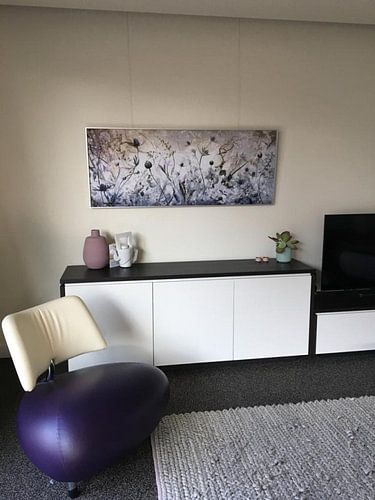
 Netherlands
Netherlands Ordered in March 2024
Ordered in March 2024
About the material
ArtFrame™
Interchangeable Art Prints
- High-quality print
- Easily interchangeable
- Acoustic function
- Large sizes available
Discover the artworks of Marcus Beckert
 Leaves next to a moss-covered rootMarcus Beckert
Leaves next to a moss-covered rootMarcus Beckert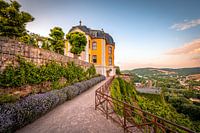 Dornburg castles near JenaMarcus Beckert
Dornburg castles near JenaMarcus Beckert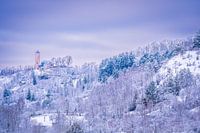 Fox tower in Jena in winterMarcus Beckert
Fox tower in Jena in winterMarcus Beckert Wig bushes in Jena in autumnMarcus Beckert
Wig bushes in Jena in autumnMarcus Beckert Alte Steinbücke Jena BurgauMarcus Beckert
Alte Steinbücke Jena BurgauMarcus Beckert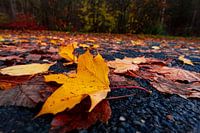 Yellow maple leaves in autumnMarcus Beckert
Yellow maple leaves in autumnMarcus Beckert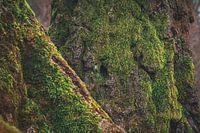 Moss on the bark of an old deciduous treeMarcus Beckert
Moss on the bark of an old deciduous treeMarcus Beckert SnowdropsMarcus Beckert
SnowdropsMarcus Beckert Water droplets on window paneMarcus Beckert
Water droplets on window paneMarcus Beckert Roots of deciduous tree covered with mossMarcus Beckert
Roots of deciduous tree covered with mossMarcus Beckert Roots of deciduous tree covered with mossMarcus Beckert
Roots of deciduous tree covered with mossMarcus Beckert Groynes on the Baltic SeaMarcus Beckert
Groynes on the Baltic SeaMarcus Beckert Groynes on the Baltic SeaMarcus Beckert
Groynes on the Baltic SeaMarcus Beckert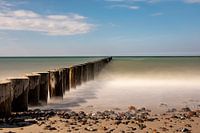 Groynes on the Baltic SeaMarcus Beckert
Groynes on the Baltic SeaMarcus Beckert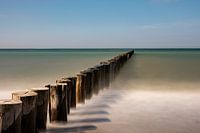 Groynes on the Baltic SeaMarcus Beckert
Groynes on the Baltic SeaMarcus Beckert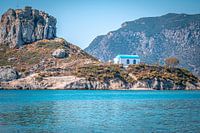 Basilica of Agios StefanosMarcus Beckert
Basilica of Agios StefanosMarcus Beckert Sunset with waves on the beach of KosMarcus Beckert
Sunset with waves on the beach of KosMarcus Beckert Sun shining through the branches at sunset in KosMarcus Beckert
Sun shining through the branches at sunset in KosMarcus Beckert Ruins of Lobdeburg Castle in autumn with fogMarcus Beckert
Ruins of Lobdeburg Castle in autumn with fogMarcus Beckert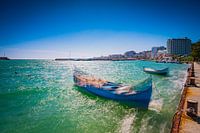 Rowing boat on the Black Sea in BulgariaMarcus Beckert
Rowing boat on the Black Sea in BulgariaMarcus Beckert

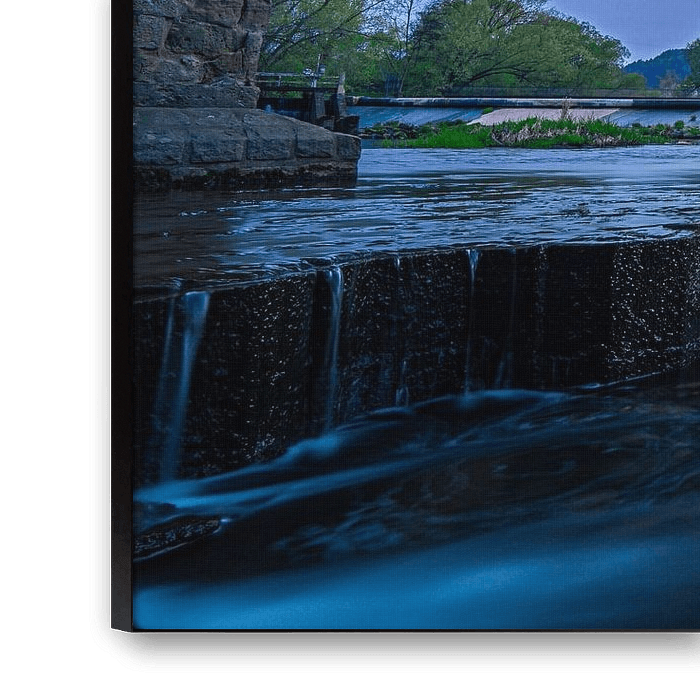
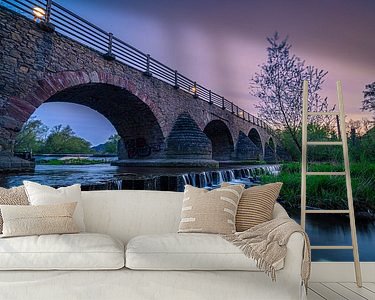
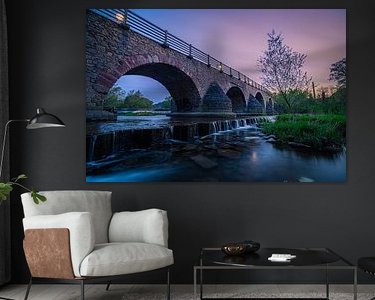

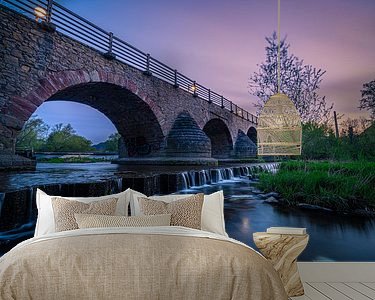







 Bridges
Bridges Landscape photography
Landscape photography Nature photography
Nature photography Photo wallpaper
Photo wallpaper Photography
Photography Romantic Moments
Romantic Moments Serene Peace
Serene Peace Sunset
Sunset









